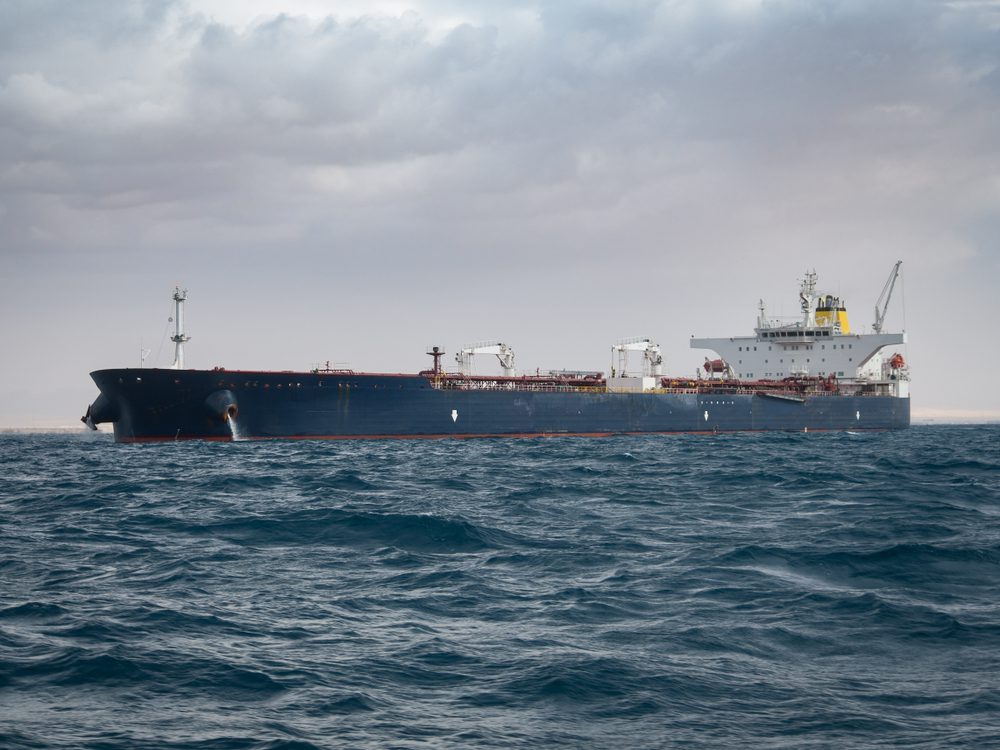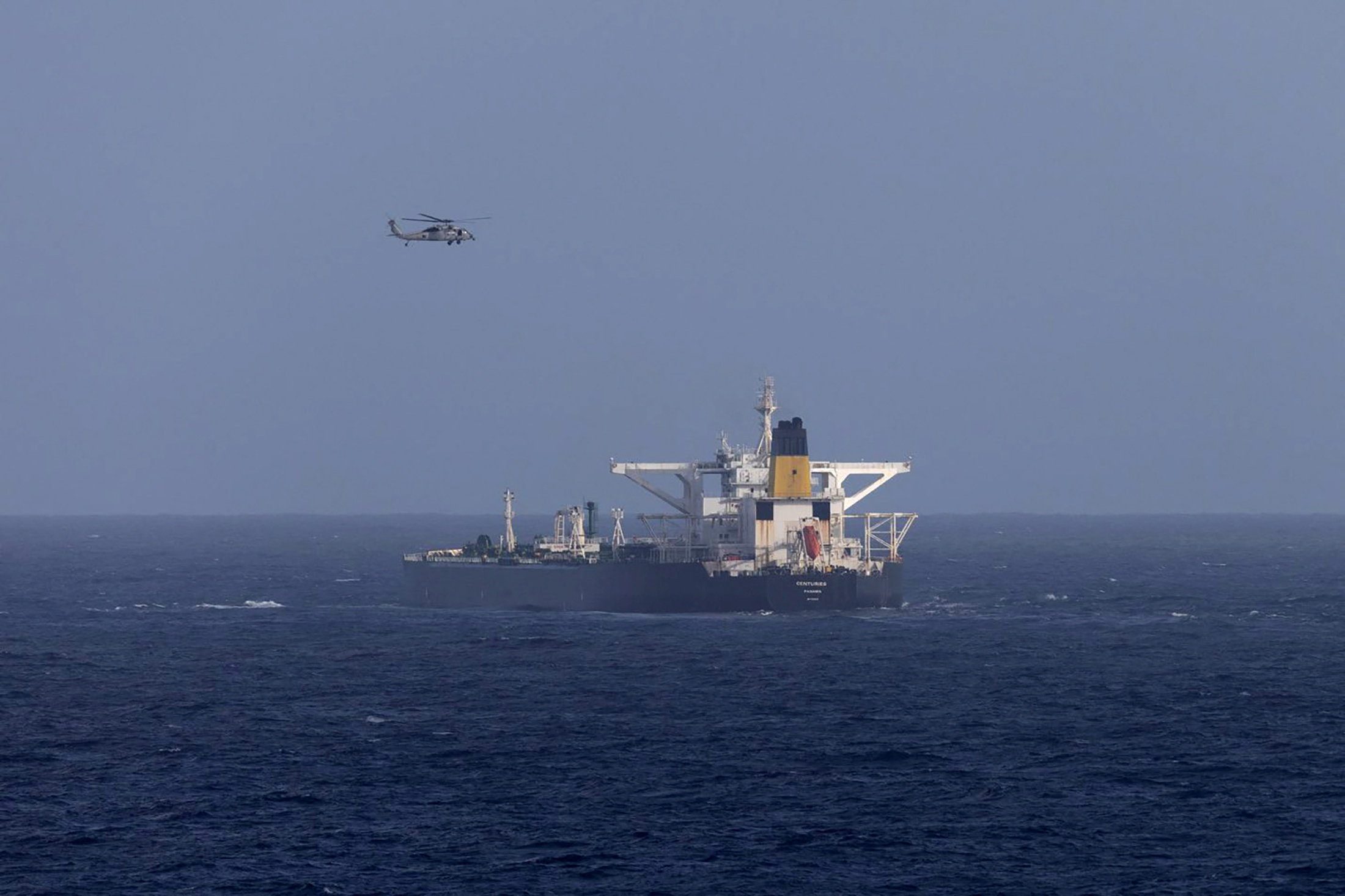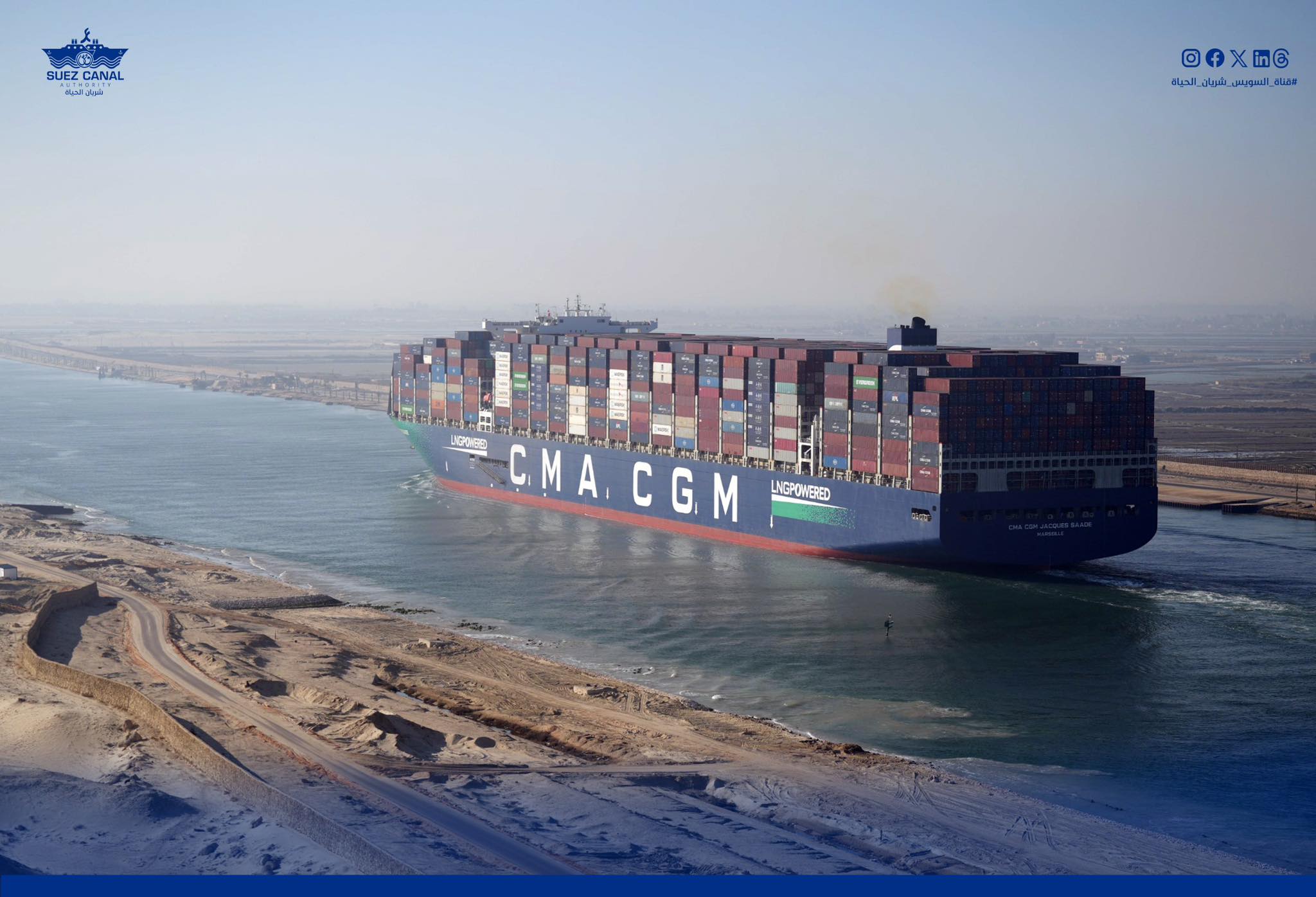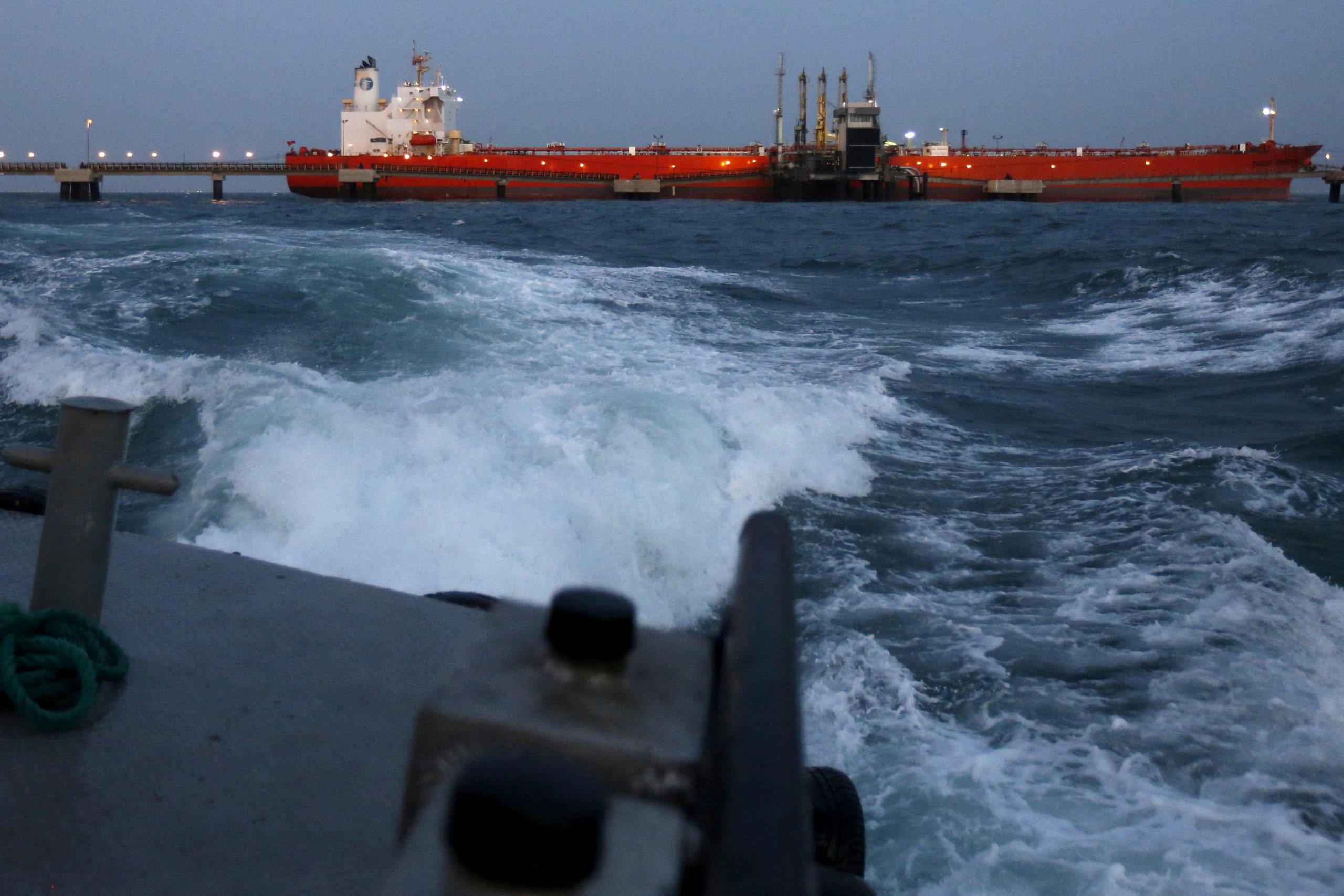By Julian Lee (Bloomberg) —
Russia is earning less from its oil exports, even as seaborne crude shipments surge to a six-week high. That’s because of the big discounts that Moscow is having to offer Asian buyers to snap up barrels shunned by Europe, which translate into a drop in export duties.
Overall seaborne crude shipments jumped in the seven days to June 3, rising to their highest since late April. A total of 38 tankers loaded 27.6 million barrels from the country’s export terminals, vessel-tracking data and port agent reports show. That put average flows at 3.94 million barrels a day, up by 10% from 3.58 million in the week ended May 27.
The European Union finally adopted a package of sanctions on oil imports from Russia on June 2, following its late-February invasion of Ukraine. The ban on crude purchases, which doesn’t come into force until Dec. 5, is limited to volumes shipped by sea and excludes deliveries through the Druzhba pipeline system. Poland and Germany have committed to end their imports of piped Russian crude, even without an EU ban, leaving Hungary, Slovakia and the Czech Republic as the sole buyers. That should cut deliveries to Europe by about 90% of last year’s level, according to data from Russian pipeline operator Transneft PJSC.
While self-sanctioning of Russian crude by European companies has already diverted significant crude volumes to Asia, so far it is having little impact on the overall level of crude shipments. About 660,000 barrels a day of Russian crude was discharged at Indian ports in May, up from about 270,000 barrels a day the previous month.
Flows of Urals crude from terminals in the Baltic, Russia’s primary outlet, rebounded in the week to June 3, rising by 417,000 barrels a day, or 29%, to their highest level in three weeks. The increase was partly offset by lower volumes from the Black Sea port of Novorossiysk, where flows fell by 57,000 barrels a day, or 7%. Flows from Russia’s Arctic and Pacific export terminals were unchanged from the previous week.
While shipped volumes increased in the week to June 3, Moscow’s revenue from export duty moved in the opposite direction, falling by $9 million, or 5%, to $162 million. The dip in revenue reflects a lower per-barrel rate of export duty on shipments made in June.
Duty rates fell by 10% between May and June, dropping to $44.80 a ton, equivalent to about $6.11 a barrel, from $49.60 a ton, or $6.81 a barrel, in May. That’s down from $61.20 a ton, or $8.30 a barrel in April. Duty rates have now fallen by 27% since April, reflecting the steep discounts that Russia is being forced to offer to secure new buyers for its crude in Asia.
The number of cargoes shipped from Russian ports rose by four to 38 in the week to June 3 compared with the previous seven days. More ships departed from ports in the Baltic, while the numbers of shipments from all other regions remained unchanged.
There was only one shipment of Sokol crude from the Pacific port of De Kastri in May. Three Russian-owned shuttle tankers that regularly carry the grade are anchored empty off the loading terminal.
Crude Flows by Region
The following charts show the destinations of crude cargoes from each of the four export regions. Destinations are based on where vessels signal they are heading at the time of writing, and some will almost certainly change as voyages progress.
The volume of crude on ships loading from the Baltic terminals at Primorsk and Ust-Luga rebounded in the week to June 3. The volumes on tankers showing destinations in northwest Europe rose to a seven-week high, with now rare deliveries to Finland and Poland. Shipments from the Baltic to the Mediterranean dropped to an 11-week low, while the volume on tankers signaling destinations in Asia were the lowest in six weeks.
Both those figures are likely to rise, though, with more than one-quarter of the crude exported from the Baltic on ships that are yet to signal a final destination. Most of those are expected to head either to the Mediterranean or Asia.
Crude shipments from Russia’s Baltic ports are still going according to plan. All cargoes scheduled to load at Primorsk and Ust-Luga during the week to June 3 were shipped within a day of their planned loading dates.
Eight tankers completed loading at Novorossiysk in the Black Sea in the week to June 3, equaling the largest weekly number of vessels handled at the terminal so far this year. Most crude remained within the Black Sea region, with shipments to Bulgaria and Romania rising for a third week to reach their highest level for the year. Shipments to Asia were little changed, with two vessels heading to India.
All of the cargoes scheduled from Novorossiysk during the week loaded within two days of the dates on loading programs seen by Bloomberg.
Two ships loaded from Gazprom Neft’s Umba floating storage facility at Murmansk, one heading for Rotterdam and the other to India. A third vessel took a cargo from the Kola storage tanker used by Lukoil and is heading to the company’s ISAB refinery on the Italian island of Sicily.
Combined shipments from Russia’s western export terminals that are on tankers signaling destinations in Asia fell to 800,000 barrels a day in the week to June 3, down by 430,000 barrels a day from a revised 1.23 million barrels a day the previous week. But another 520,000 barrels a day are on vessels that are yet to show a final destination, so that figure is almost certain to be revised higher once destinations become apparent.
Crude flows from Russia’s three eastern oil terminals were stable during the week to June 3, with no shipments of Sokol from De Kastri for a fourth straight week.
Eight tankers loaded ESPO crude at Kozmino, unchanged from the previous two weeks. China is emerging as virtually the only buyer of Russia’s Pacific crude grades. Three vessels that loaded in the week to June 3 are currently anchored off Yeosu in South Korea, where they are expected to complete ship-to-ship transfers to Chinese supertankers. All three are owned by China’s Cosco Shipping Holdings Co., whose ships are increasingly used to shuttle ESPO crude from Kozmino to Yeosu, where it is transshipped onto larger vessels, also owned by Cosco, for onward delivery to China.
There were no shipments for a third week from De Kastri, which handles Sokol crude from the Sakhalin 1 project. Three Sovcomflot tankers have been anchored empty off the oil terminal since late April, with just one cargo loaded in the first week of May and delivered to Dalian in China.
One cargo of Sakhalin Blend crude was loaded from the terminal at the southern end of the island. Like all those from Kozmino, it is heading to China.
Long Voyages and Cargo Transfers
The number of tankers heading from Russia’s western export terminals to unknown destinations rose in the week to June 3. Five ships are showing destinations as Port Said, a regular signal for ships intending to transit the Suez Canal, while the same number are showing either no destination, or signaling somewhere that is clearly not where they will discharge their cargo.
Several tankers that loaded in earlier weeks are still not showing final destinations, with most continuing to indicate Port Said.
The Aframax tanker Zhen I transferred its cargo of about 100,000 tons of Urals crude to the VLCC Lauren II. While most such transfers take place in sheltered near-shore waters, this one was unusual as it was conducted in the middle of the Atlantic Ocean, according to ship-tracking data. The transfer was done in waters about 300 miles west of the island of Madeira between May 26 and 27. The Lauren II remains drifting in the area, perhaps waiting for another cargo of Russian crude. The Afrapearl tanker is showing its destination as Acores, the Portuguese spelling of the Azores, a group of islands to the west of Madeira. Based on its destination signal, it too may transfer its cargo to the Lauren II sometime around the middle of June.
Note: This story forms part of a regular weekly series tracking shipments of crude from Russian export terminals and the export duty revenues earned from them by the Russian government.
Note: Bloomberg uses commercial ship-tracking data to monitor the movement of vessels. Ships can avoid detection by turning off on-board transponders, as has been done widely by the Iranian tanker fleet. There is no evidence yet that this is being done by crude oil tankers calling at Russian ports.
Note: Destinations are those signaled by the vessel and are monitored until the cargo is discharged. Destinations may change during a voyage, even under normal circumstances, and the final discharge point for the cargo may not be known until that port is reached.
Note: Cargo volumes are based on loading programs, where those are available, and on a combination of the ship’s capacity and its depth in the water where we have no other information.
© 2022 Bloomberg L.P.

 Join The Club
Join The Club











